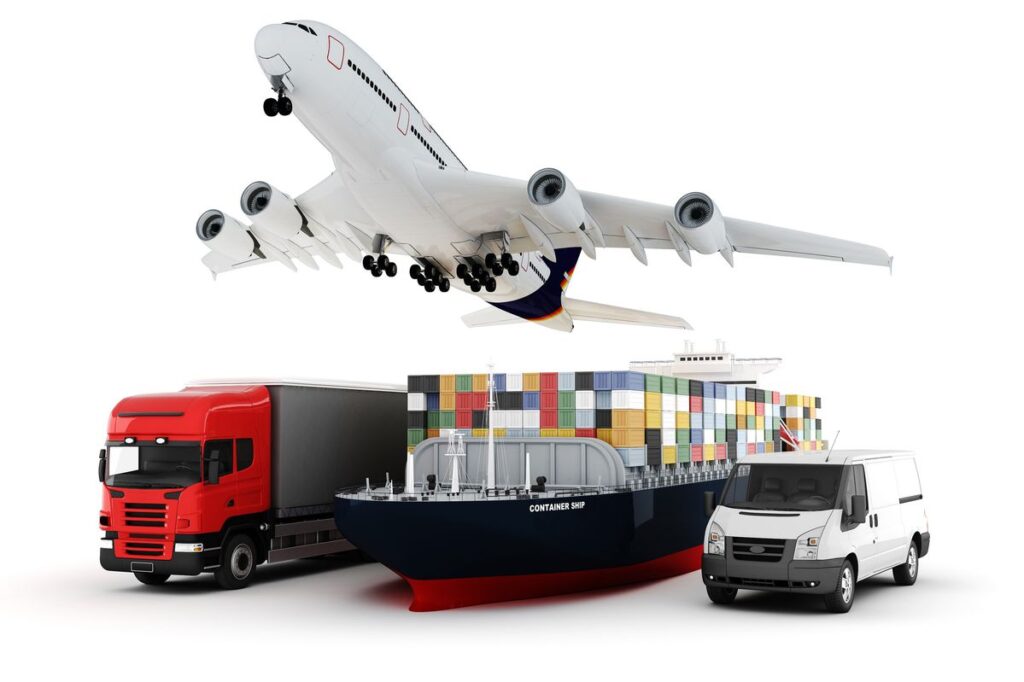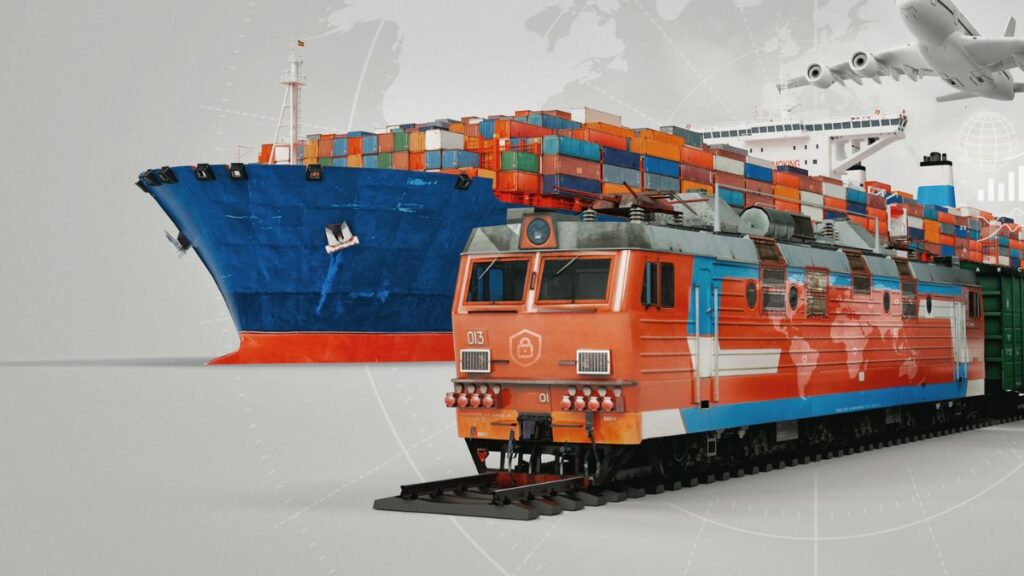- By TOP CHINA FREIGHT
- September 4, 2025
- Shipping
Table of Contents
Efficient logistics are vital for businesses importing goods from China. Understanding china to singapore shipping helps companies reduce costs, avoid delays, and manage customs smoothly. Because of varying shipping costs, transit times, and documentation requirements, selecting the right freight method and forwarder is essential. This guide covers shipping options, pricing, transit times, customs procedures, and actionable tips to streamline your supply chain.

What are the main shipping methods from China to Singapore?

Freight from China to Singapore typically uses air, sea, or rail services. Each method has advantages depending on urgency, cargo volume, and budget.
| Method | Cost | Transit Time | Pros | Cons |
|---|---|---|---|---|
| Air Freight | $4–$8 per kg | 3–7 days | Fast, ideal for high-value goods | Expensive for bulk cargo |
| Sea Freight FCL | $1200–$1800 per 20ft container | 15–25 days | Cost-effective for large shipments | Slower than air freight |
| Sea Freight LCL | $60–$90 per CBM | 18–30 days | Affordable for small shipments | Longer consolidation times |
| Express Courier | $6–$12 per kg | 2–5 days | Door-to-door, simple customs | High cost |
How to choose the right freight forwarder in China?
Use trade networks and verified listings
Check if the forwarder offers air, sea, express, and customs support
Prioritize forwarders with proven expertise in your product category
Include shipping cost breakdowns, transit time estimates, and additional fees
Test smaller shipments before full-scale import operations
What factors affect shipping costs from China to Singapore?
Shipping costs vary due to cargo type, volume, shipping method, and seasonal trends. Key factors include:
Freight type:
FCL or LCL significantly impacts cost.
Cargo weight/volume:
Airlines and sea carriers calculate pricing differently.
Port fees:
Loading, handling, and storage at origin or destination.
Customs duties and taxes:
Fees depend on product category and HS code.
Fuel surcharges and peak-season rates:
Costs fluctuate seasonally.
| Cargo Type | Air Freight ($/kg) | Sea LCL ($/CBM) | Sea FCL ($/20ft) |
|---|---|---|---|
| Electronics | 5–7 | 60–70 | 1200–1500 |
| Apparel | 4–6 | 55–65 | 1100–1400 |
| Machinery | 6–8 | 70–90 | 1400–1800 |
Therefore, understanding these variables helps importers accurately budget for shipping operations.
How long does shipping from China to Singapore take?
Transit time depends on shipping method, cargo type, and customs processing.
| Method | Estimated Transit Time |
|---|---|
| Air Freight | 3–7 days |
| Sea FCL | 15–25 days |
| Sea LCL | 18–30 days |
| Express Courier | 2–5 days |
Additionally, port congestion, customs inspections, and holidays can affect delivery schedules. Reliable forwarders provide accurate transit time estimates and track shipments to ensure timely delivery.
What customs documents are required?

| Document | Purpose |
|---|---|
| Commercial Invoice | Declares cargo value |
| Packing List | Details weight, dimensions, contents |
| Bill of Lading (B/L) | Confirms carriage contract |
| Certificate of Origin | Verifies product origin |
| Import License | Required for restricted goods |
| Customs Declaration | Facilitates duties & taxes |
Forwarders in China often prepare and verify these documents, minimizing errors and delays at Singapore ports.
Sea vs Air vs Rail: Pros and Cons

| Method | Pros | Cons |
|---|---|---|
| Air Freight | Fastest, ideal for high-value goods | Expensive, limited cargo size |
| Sea Freight | Economical for bulk shipments | Longer transit, potential port congestion |
| Rail Freight | Faster than sea, moderate cost | Limited routes between China & Singapore |
Moreover, combining modes can optimize cost and delivery schedules, especially for time-sensitive but heavy shipments.
Case Study: Electronics Importer
A Singapore-based retailer imported 500 laptops from Shenzhen. Initially, they faced delays and high air freight costs. After engaging a professional forwarder in China, the company used LCL sea freight for regular shipments and air freight for urgent orders.
The forwarder handled customs, documentation, and multimodal transport. Consequently, shipping costs dropped by 18%, transit reliability improved, and inventory management became predictable. This demonstrates the value of experienced forwarders in optimizing China to Singapore shipping.
Tips for reducing shipping costs
- Consolidate shipments to maximize container usage.
- Plan imports outside peak season to avoid surcharges.
- Negotiate with multiple carriers through a trusted forwarder.
- Choose the right shipping method based on cargo type and urgency.
- Maintain accurate documentation to prevent customs delays.
Additionally, using forwarders with local expertise ensures access to discounted rates and flexible logistics solutions.
Conclusion
Mastering china to singapore shipping requires careful planning, reliable forwarders, and understanding cost structures, transit times, and customs requirements. Forwarders streamline operations by managing documentation, choosing optimal routes, and consolidating shipments. Moreover, businesses benefit from lower costs, faster deliveries, and predictable supply chains. Therefore, selecting an experienced forwarder is essential for smooth and efficient imports from China to Singapore.
Need a Shipping Quote?
If you want expert guidance and peace of mind, our team is ready to assist.
TJ China Freight offers tailored solutions to help businesses of all sizes ship more reliably from China.

FAQs
Q1:How can I find a reliable forwarder for China to Singapore shipping?
Research verified freight forwarders, compare services, and request detailed quotes including transit times and shipping costs for smooth China to Singapore shipping.
Q2:What is the cheapest shipping method from China to Singapore?
Sea freight via LCL is cost-effective for small shipments, offering competitive China to Singapore shipping costs while ensuring reliable delivery schedules.
Q3:Do forwarders handle customs clearance in Singapore?
Yes, professional forwarders manage documentation, HS codes, and import duties, ensuring smooth customs processing for China to Singapore shipping.
Q4:Are there hidden costs when shipping from China?
Port handling, storage, fuel surcharges, and customs fees may add to shipping costs. Forwarders provide transparent quotes for China to Singapore shipping.
Q5:Can I ship small quantities cost-effectively?
Yes, LCL shipping allows smaller shipments to share container space, reducing per-unit costs for China to Singapore shipping.
